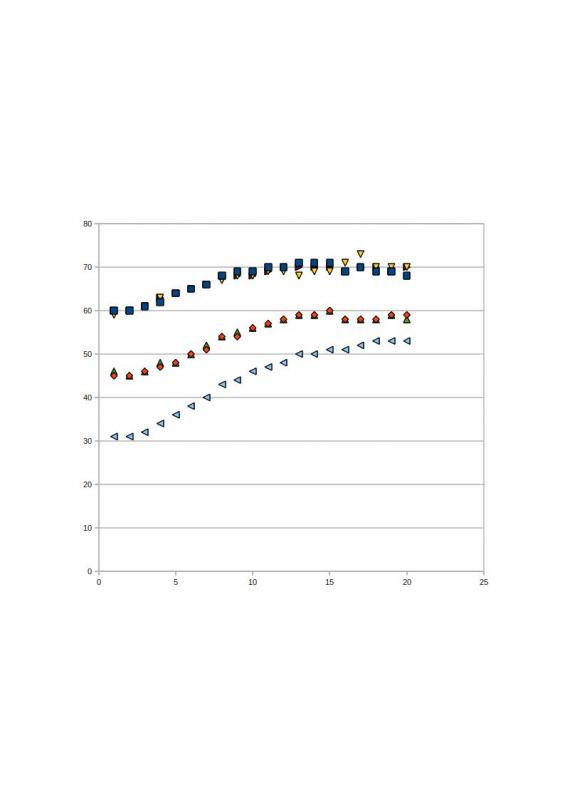Lets keep it clean or the mods will lock the thread and no-one wants that.
What you do for a living I have no interest.
As I've said in the past, you are over complicating things, the OP wants a simple cheap fix.
And just why do you think LLH don't blend even if they are crude but affective, so don't come that, I know better.
A shunt pump is installed for the very same reason, to circulate water through the boilers.
But I suspect you know all this anyway.
What you do for a living I have no interest.
As I've said in the past, you are over complicating things, the OP wants a simple cheap fix.
And just why do you think LLH don't blend even if they are crude but affective, so don't come that, I know better.
A shunt pump is installed for the very same reason, to circulate water through the boilers.
But I suspect you know all this anyway.



